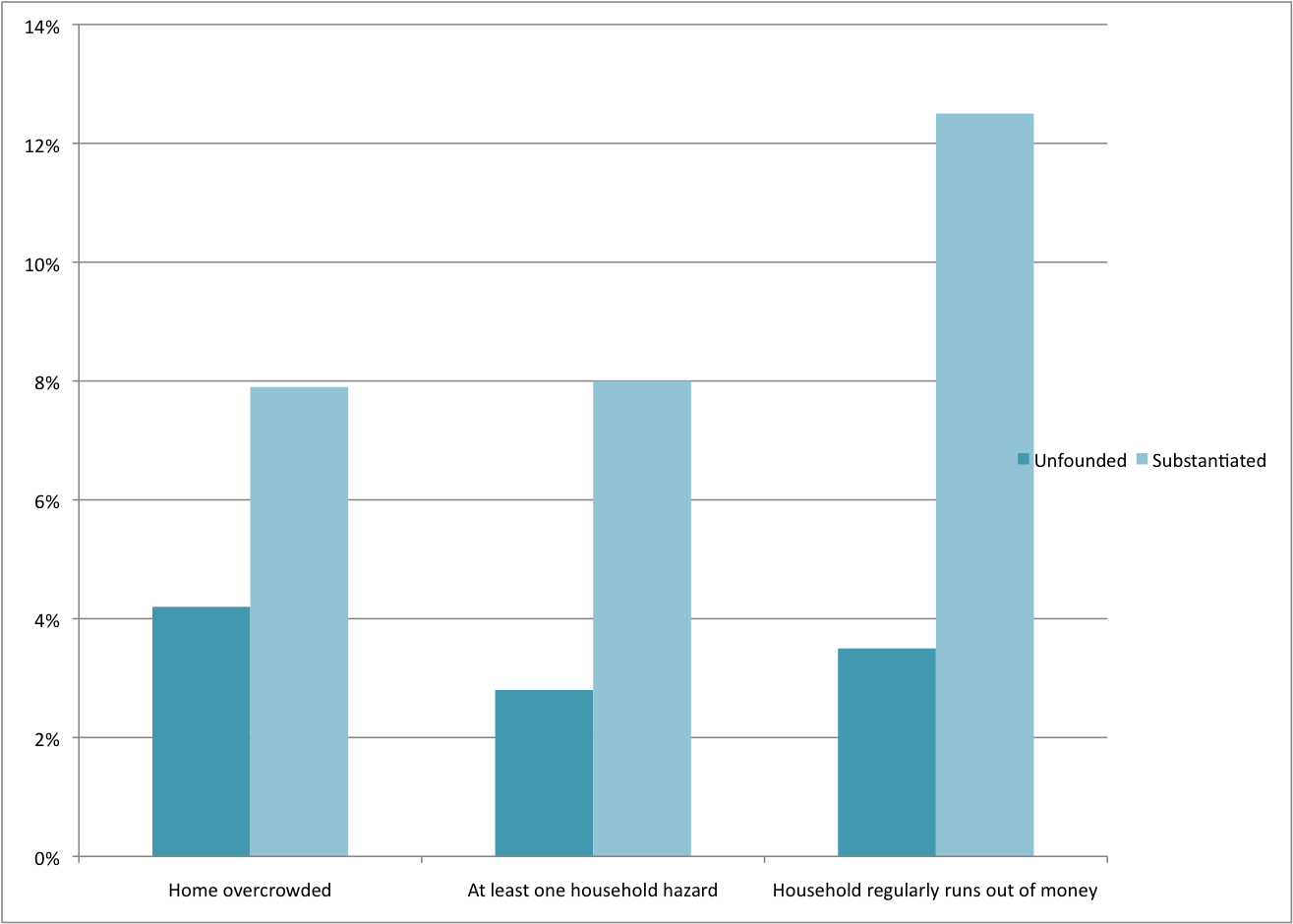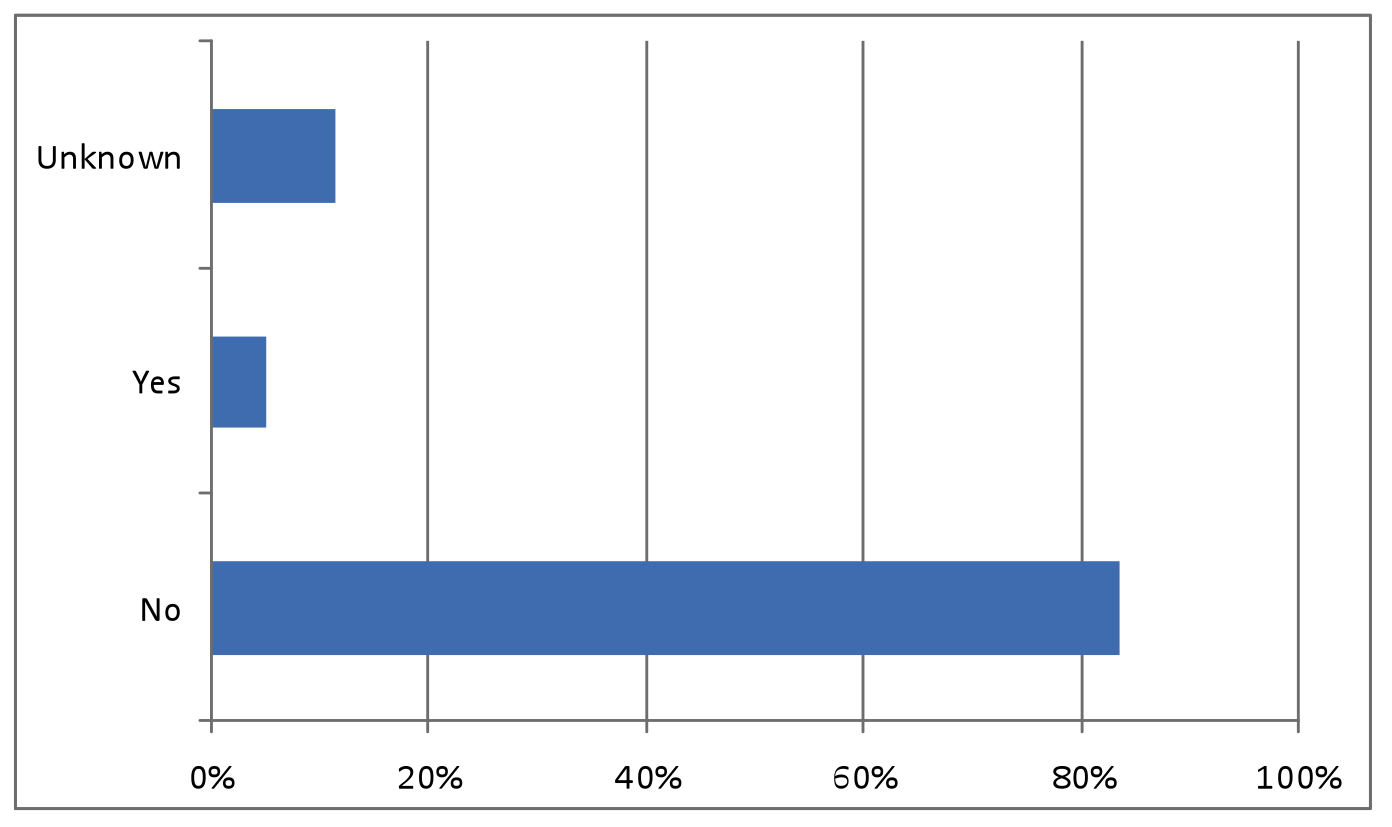CWRP Information Sheet #120E. (2012). Toronto, ON: Faculty of Social Work, University of Toronto.
Barbara Fallon and Nico Trocmé with the OIS-2008 Research Team recently initiated several knowledge mobilization activities. One of the OIS-2008 knowledge mobilization projects focuses on increasing research capacity in Ontario child welfare agencies. The objectives of this project include using OIS-2008 data to answer agency-driven research questions relevant to policy and practice, and to promote and facilitate collaboration among the OIS-2008 research team and child welfare agencies. Through collaboration with the OACAS and child welfare agencies across Ontario, agency representatives will work with the OIS-2008 research team over the next year to produce 15 agency-authored information sheets. Barbara Fallon is the Principal Investigator for this project and Nico Trocmé is a co-investigator, with funding provided by the Social Sciences and Humanities Research Council of Canada.
If you work at a child welfare agency in Ontario and are interested in participating in this project, or for more information on this and other projects related to the OIS-2008, please contact Barbara Fallon (barbara.fallon@utoronto.ca, 416-978-2527) or Melissa Van Wert (melissa.vanwert@utoronto.ca, 416-978-1386).
Introduction
The Ontario Incidence Study of Reported Child Abuse and Neglect, 2008 (OIS-2008) is the fourth provincial study to examine the incidence of reported child maltreatment and the characteristics of children and families investigated by child welfare authorities in Ontario. This fact sheet examines the characteristics of children and families whose cases remain open for ongoing child welfare services at the end of the initial investigation.
Background to the OIS-2008
From 1998 to 2003, the OIS found that rates of investigated maltreatment had doubled. This pattern may reflect changes in detection, reporting, and investigation practices rather than an increase in the number of children being abused and neglected. Four changes are particularly important to consider: increased reporting by professionals, increased reports of emotional maltreatment and exposure to intimate partner violence, more children investigated in each family, and increased substantiation rates. These changes are consistent with shifts in the context of Ontario child welfare.
Due to changes in investigation mandates and practices over the last 10 years, the OIS-2008 differed from previous cycles in that it tracked both risk-only investigations and maltreatment investigations. Risk-only investigations were those in which a specific past incident of maltreatment was not suspected or alleged to have occurred, but rather a constellation of factors lead to concerns that a child may be maltreated in the future (e.g., caregiver with a substance abuse issue). This fact sheet focuses exclusively on maltreatment investigations.
Methodology
The OIS-2008 used a multi-stage sampling design to select a representative sample of 23 child welfare agencies in Ontario and then to select a sample of cases within these agencies. Information was collected directly from child protection workers on a representative sample of 5,054 maltreatment investigations and 2,417 risk investigations conducted during a three-month sampling period in 2008. This sample was weighted to reflect provincial annual estimates. After two weighting procedures were applied to the data, the estimated number of maltreatment-related investigations (i.e., maltreatment and risk-only investigations) conducted in Ontario in 2008 was 128,748. Of these, there was an estimated 87,025 maltreatment investigations.
For maltreatment investigations, information was collected regarding the primary form of maltreatment investigated as well as the level of substantiation for that maltreatment. Thirty-two forms of maltreatment were listed on the data collection instrument, and these were collapsed into five broad categories: physical abuse (e.g., hit with hand), sexual abuse (e.g., exploitation), neglect (e.g., educational neglect), emotional maltreatment (e.g., verbal abuse or belittling), and exposure to intimate partner violence (e.g., direct witness to physical violence). Workers listed the primary concern for the investigation, and could also list secondary and tertiary concerns.
For each form of maltreatment listed, workers assigned a level of substantiation. Maltreatment could be substantiated (i.e., balance of evidence indicated that the maltreatment had occurred), suspected (i.e., maltreatment could not be confirmed or ruled out), or unfounded (i.e., balance of evidence indicated that the maltreatment had not occurred).
Findings
Of the 87,025 maltreatment investigations, 38,571 were substantiated, 8,640 were suspected and 39,814 were unfounded. This analysis compares investigations which were unfounded to those which were substantiated. Suspected cases were not included in the analysis as these investigations are more difficult to untangle and understand.
Figure 1 displays the number of moves in the past year for families in unfounded and substantiated maltreatment investigations in Ontario in 2008. The majority of families in both unfounded and substantiated investigations had no moves in the past year. Families in unfounded investigations were more likely to have no moves in the past year.
Figure 1: Number of moves in the past year in unfounded and substantiated maltreatment investigations in Ontario in 2008

Figure 2 presents the following housing concerns: home overcrowding, at least one household hazard, and household regularly runs out of money for basic necessities. Substantiated cases were more likely than unfounded cases to have all three of these housing concerns noted.
Figure 2: Housing concerns in unfounded and substantiated maltreatment investigations in Ontario in 2008

Primary caregiver functioning concerns are outlined in Figure 3. In cases which were substantiated, all of the primary caregiver functioning concerns were noted more often compared to cases which were unfounded. Victim of domestic violence (46%), few social supports (36%), and mental health issues (25%) were the most often noted primary caregiver functioning concerns for substantiated investigations. Similarly, for unfounded investigations, few social supports (18%), victim of domestic violence (15%), and mental health issues (11%) were the most noted concerns.
Figure 3: Primary caregiver characteristics in unfounded and substantiated maltreatment investigations in Ontario in 2008

Unfounded investigations were slightly less likely than substantiated investigations to note previous child welfare openings.
For investigations which were unfounded, the child welfare worker could note whether or not they believed there was a significant risk of future maltreatment. These findings are presented in Figure 4. In most unfounded cases, the worker felt that there was no risk of future maltreatment. In 5% of these cases, the worker felt that there was a significant risk of future maltreatment. In 11% of these cases, the worker noted that the risk of future maltreatment was unknown.
Figure 4: Significant risk of future maltreatment in unfounded investigations in Ontario in 2008

Figure 5 outlines service dispositions in unfounded and substantiated maltreatment investigations in Ontario in 2008. Substantiated cases were much more likely to be transferred for ongoing child welfare services (43%) than unfounded investigations (7%). At least one type of referral was made in 63% of substantiated cases compared to only 31% of unfounded cases. An application to child welfare court was made in 6% of substantiated cases and almost no unfounded cases. The majority of both unfounded and substantiated investigations did not result in an out of home welfare placement for the child. Specifically, no placement was considered in 98% of unfounded cases and 89% of substantiated cases.
Figure 5: Service disposition in unfounded and substantiated maltreatment investigations in Ontario in 2008

The types of referrals that were made during maltreatment investigations are presented in Figure 6. The most common type of referral was to parent or family services, for both unfounded and substantiated maltreatment investigations. Very few referrals to poverty related services were made for unfounded maltreatment investigations. In a small proportion of unfounded maltreatment investigations, a referral was made to domestic violence or victim services, child related services, addictions or mental health services, or other services.
Figure 6: Type of referral in unfounded and substantiated maltreatment investigations in Ontario in 2008

Limitations of the OIS-2008
The OIS-2008 does not include information about unreported maltreatment, or cases that were only investigated by police. Reports that were made to child welfare authorities but screened out before they were investigated are not included, and reports on cases currently open at the time of case selection are also not included. The study does not track longer service events that occur beyond the initial investigation.
Originally published in the Ontario Association of Children's Aid Societies (OACAS) Journal, Volume 57, Issue 1, 2012.
